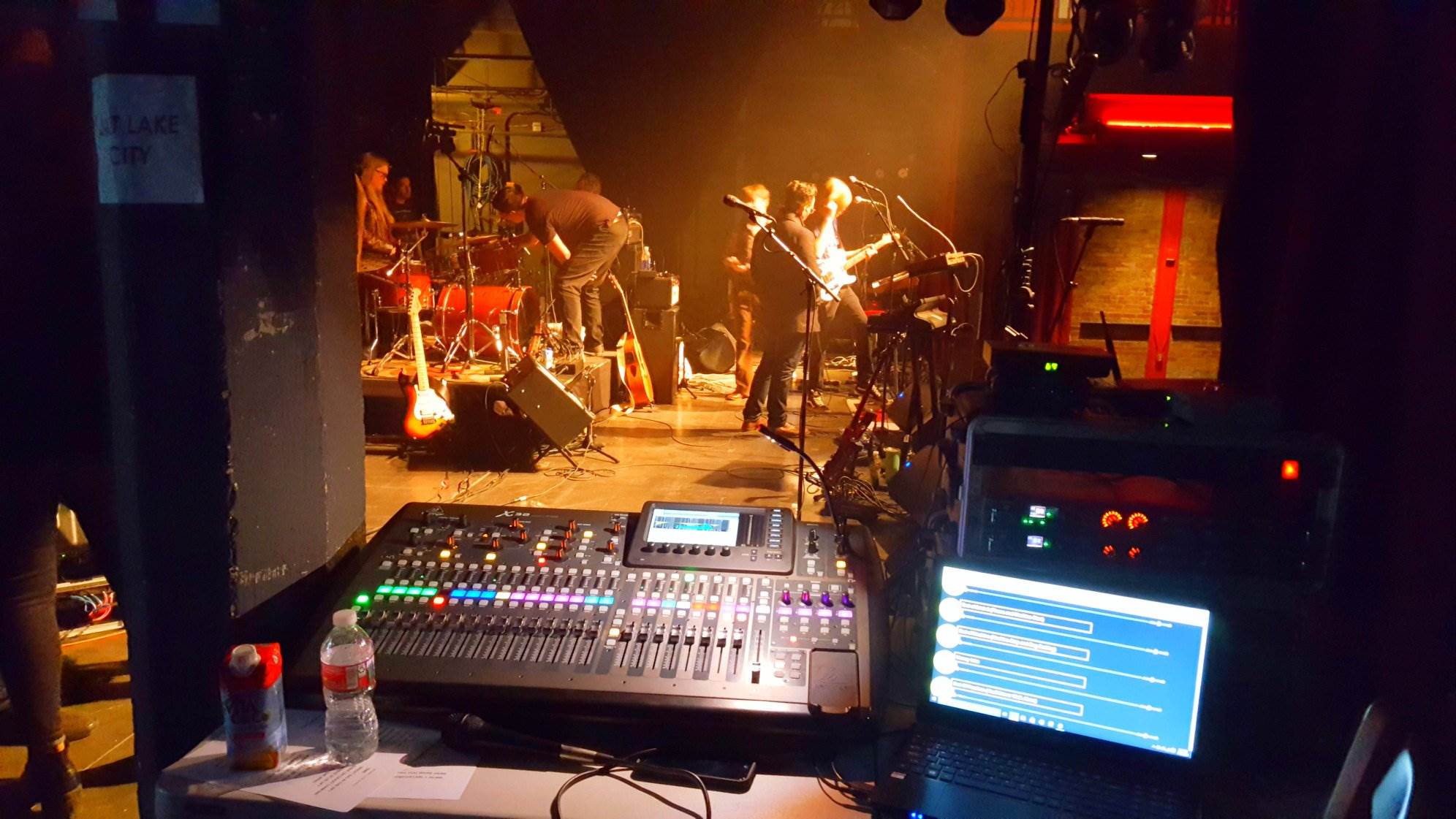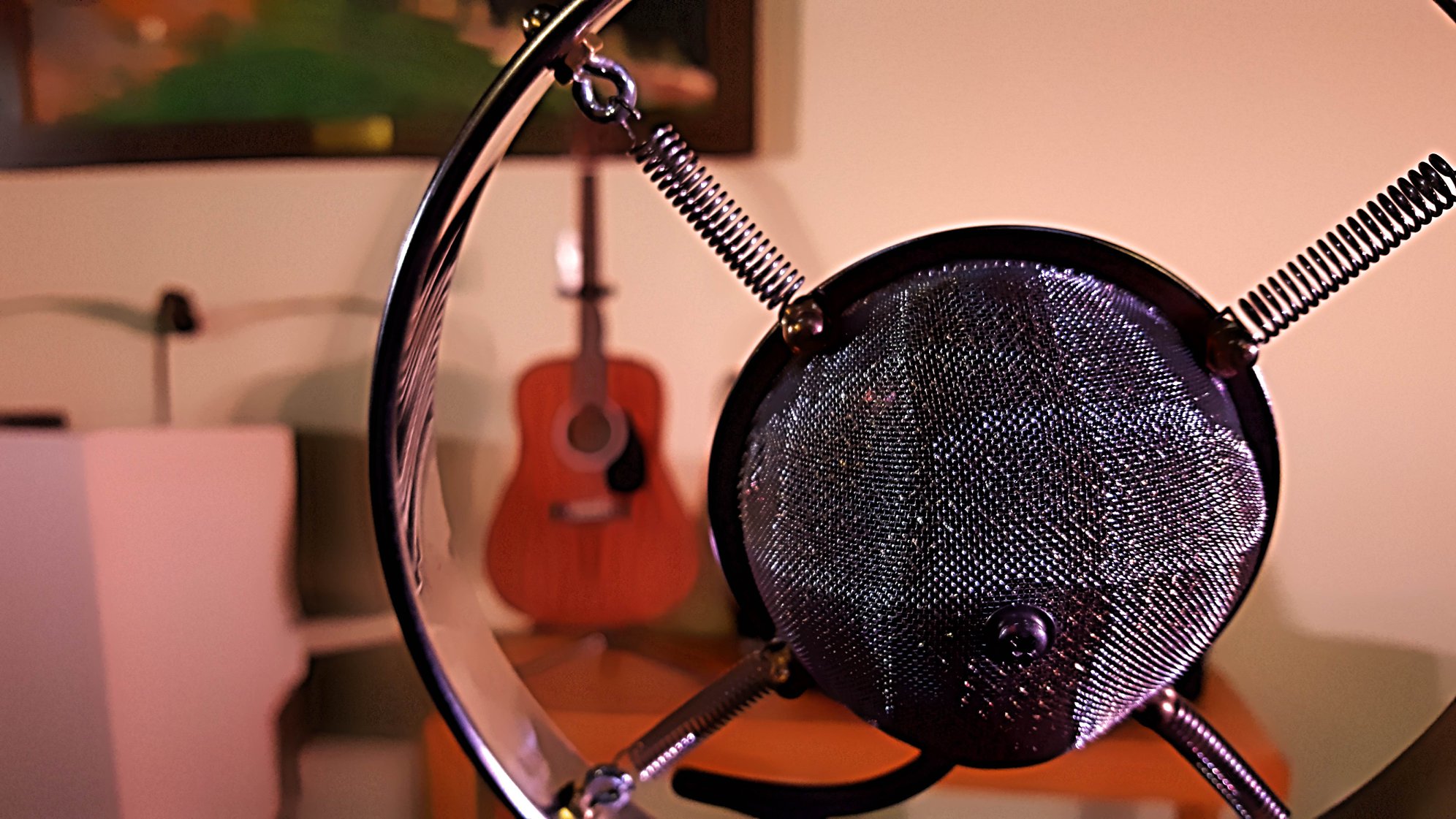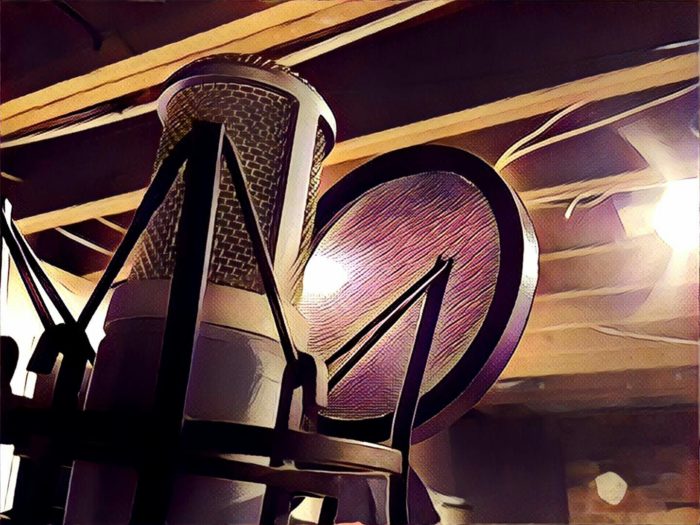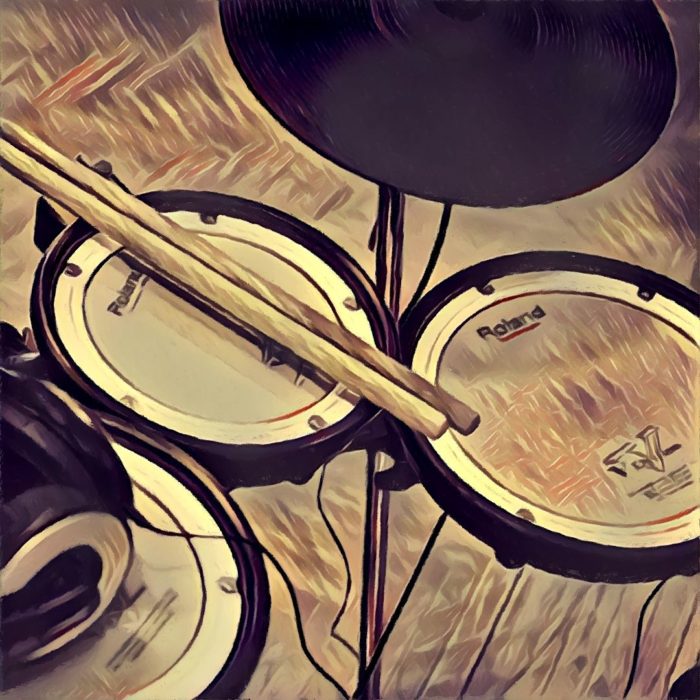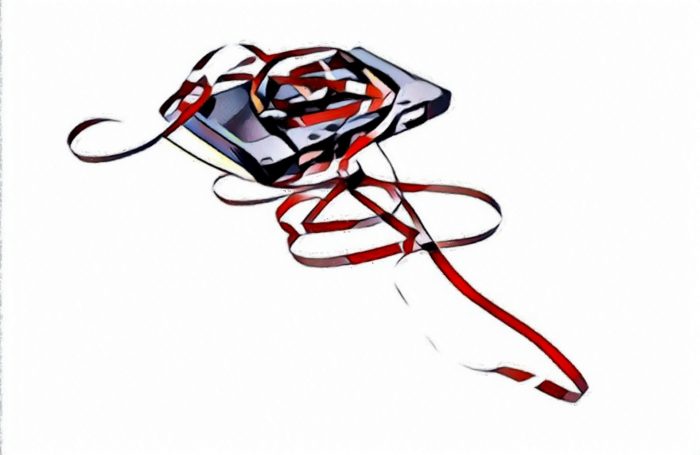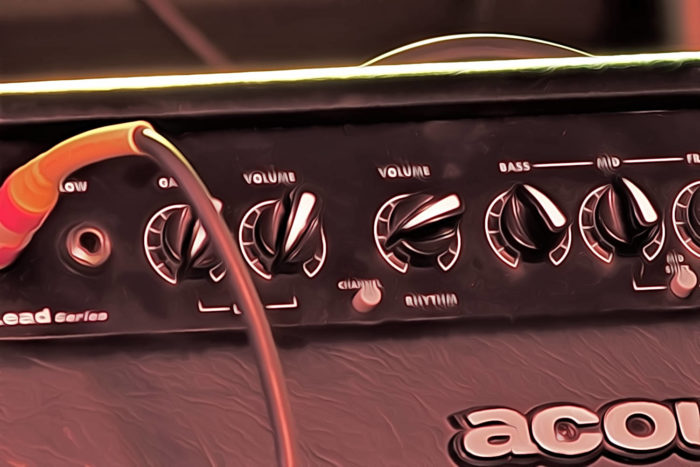Please Remember:
The opinions expressed are mine only. These opinions do not necessarily reflect anybody else’s opinions. I do not own, operate, manage, or represent any band, venue, or company that I talk about, unless explicitly noted.

 Want to use this image for something else? Great! Click it for the link to a high-res or resolution-independent version.
Want to use this image for something else? Great! Click it for the link to a high-res or resolution-independent version.There’s a whole lot of livestreaming going on, even with COVID19 worries easing a bit, I’ve encountered some questions about it. Mostly, they come down to how to do it well without spending a million bucks. As with anything in show production, there are some pretty big wins to be had with strong basics. Sure, very elaborate setups can provide very impressive results – but you can get a lot of mileage out of a little money and homework.
Good Light
Livestreaming is so firmly entwined with video that any discussion of quality has to involve the visual aspects. Obviously, a decent capture device (camera) is helpful, but what’s less obvious is how you can use lighting to your advantage. Even relatively down-market phone cameras can get pretty decent pictures in strong light. If you remove the need for the sensor to be run at a high ISO value, image grain drops significantly.
Just hitting yourself with a lot of light isn’t enough, though. The color of the light matters, and so does the distribution.
I strongly recommend starting any lighting experiment with warm but desaturated tones. (Tons of saturation can cause you to quickly overload the image sensor in one color range.) The more your lighting reminds you of some flavor of afternoon sunlight, the better. Soft-white is a good place to look first. Start off by making yourself look natural, and then you can go off in wild directions later.
In terms of distribution, strive for very even light across everything you want to see. Avoid hotspots; Diffuse light through lampshades, or paper, or thin sheets if you’re having trouble. You can also try bouncing strong light off of walls. The reason for diffusion and even-ness is that most cameras have a pretty limited dynamic range. They aren’t as forgiving of large intensity ranges as your eyes are. Subjects hit by disproportionately strong light may “clip” into large blobs of white if darker areas are made visible, or the parts of the picture in shadow may be indiscernible if the exposure is dialed back to rein in the extra hot areas.
Direct Connections
Your best shot at good sound is to mix your stream directly to a line input. Sure, using a device’s built-in mic can work reasonably well, and I’m always going to tell you to get the show to sound good in the room. However, I’m also a vocal and fervent proponent of deleting the room from the equation whenever possible. That means going for direct coupling of signal, rather than via multiple transductions from electricity, to sound pressure waves, and back again.
Achieving a direct connection on a phone can be a little challenging. You can certainly get a breakout cable and connect something directly to the microphone input on the headset jack. It’s likely, though, that driving the input too hard will be very easy. Plus, the connections might not be the most robust…and let’s not even get started on automatic gain control doing weird things to your input audio. (It might be an issue, or it might not.)
It’s much better to spend a bit of money on an interface that allows for robust, pro-audio connections (like XLR), and delivers a digital audio stream to the phone over the USB port. There are many such devices available, a good crop of which are under $200 US. Armed with such a unit, you can send a mix straight to the phone with minimal fuss. (Try to find something with good input metering, if you can. Guessing at when you’ll hit a device’s clipping point is vexing. Seeing that point clearly is divine.)
When getting set up, make a test-recording that you can play back to hear your broadcast mix. Monitoring in headphones is okay, but unless the performance is very quiet you’ll get plenty of “leakage that lies to you.”
***
None of what I’ve presented is particularly earth-shattering. In fact, it may sound rather simple. That’s my point about strong basics, though. A huge number of streamers aren’t even getting to the level of intentional lighting choices and a direct audio-signal connection. Standing out from the pack does take a little work, more than a lot of other folks are doing, but it’s really not that bad.

